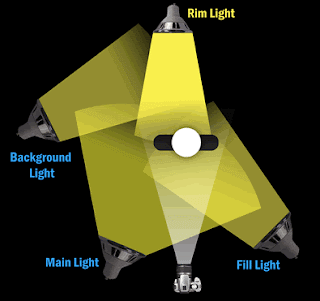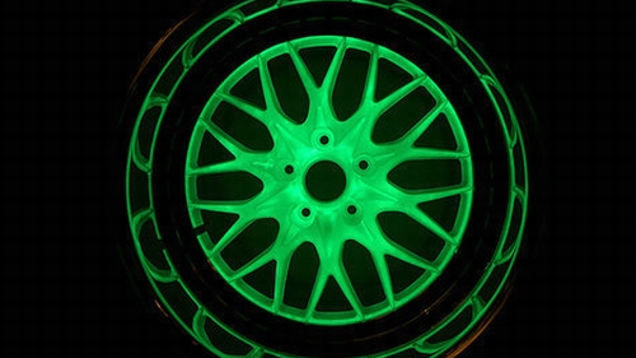

Each vertex, in fact, can hold a certain amount of additional data (typucally colours, UVs, normals and tangents). To go around this limitation, Jonathan Lindquist explained how his team created a tool to encode such an information in the vertex data itself. Since this important information is lost, finding which vertex corresponds to which block in a mesh is simply not impossible. Vertex shaders only care about vertices, and they have no idea where they came from.

However, once the model is processed through a shader, all that information is lost. Models can be nested, in the same way GameObject can. In a 3D model, there is the concept of mesh and submeshes. One of the most reliable assets for this is Toony Colors Pro 2, which allows for many variations and customisations.

While that exact lighting model will be discussed in a future instalment, you can rely on a technique called Cel shading (sometimes referred to as Toon shading instead) to get you started. Toon Shadingīefore venturing any further into the mechanics of vertex shading, it is important to notice that Fornite uses a custom lighting model to give a slightly cartoony finish to all of his characters. Translating, rotating and scaling can be done efficiently in a vertex shader, hence why so many developers are relying on them for the most diverse effects.

This allows for simple, yet very efficient, 3D manipulations. In a nutshell, vertex shaders process each vertex in a mesh, and are able to change its coordinates. Vertex animations have also been featured in three previous instalments of Shader Showcase Saturday: Interactive Grass (SSS#3), Fire With Shaders (SSS#4) and Dynamic Snow (SSS# 6). If you are unfamiliar with the technique, A Gentle Introduction To Shaders is a good starting point. This website has dozens of articles and online courses dedicated to vertex shaders and vertex animations, since they are one of the most efficient and versatile tools available to Technical Artists. Attaching complex animations to each piece of the world might be computationally unfeasible for a game as large as Fortnite, where keeping a smooth framerate is essential.įor these reasons, all construction and destruction animations are done procedurally, using a vertex shader. Such a process is costly, not only in terms of working hours required, but also to run on a machine. However, if you are interested just in understanding how this effect works, this is the article you have been looking forward.Īnimations like the ones seen in Fornite could be potentially created by an artist, whose task is to animate every single piece of a mesh by hand. The animations shown in this article comes from that presentation. The talk itself is non-technical and can be followed by anyone with a basic understanding of 3D modelling and shader coding. Most of the information about this effect comes from a GDC talk that Senior Technical Artist Jonathan Lindquist gave at GDC 2013, titled “ The Inner Workings of Fortnite’s Shader-Based Procedural Animations“. The same effect is somehow played, in reverse, when an object is damaged, by showing those very pieces flying away and disappearing (above). When an object is being constructed, its individual pieces appear one by one out of thin air, and fly into position. While many see it as a case study for excellence in marketing and game design, the game itself features some very interesting shader effects.įrom a Technical Artist perspective, the most striking effect featured in Fortnite is the self-building effect. It is no mystery that Fortnite has now become one of the most successful computer games of all time.


 0 kommentar(er)
0 kommentar(er)
